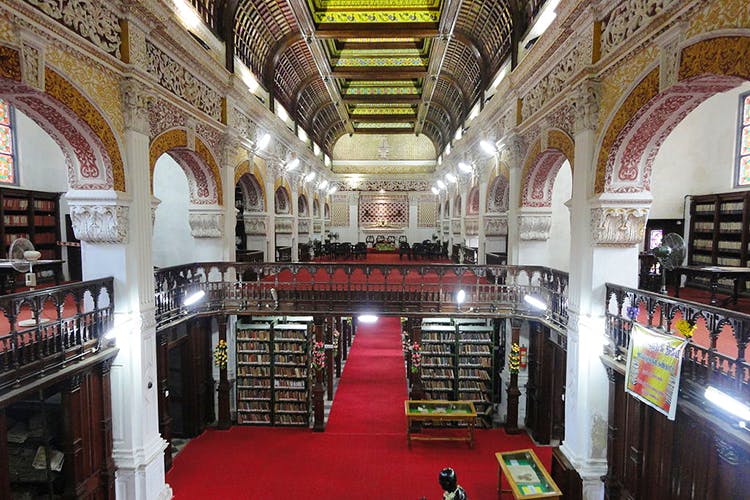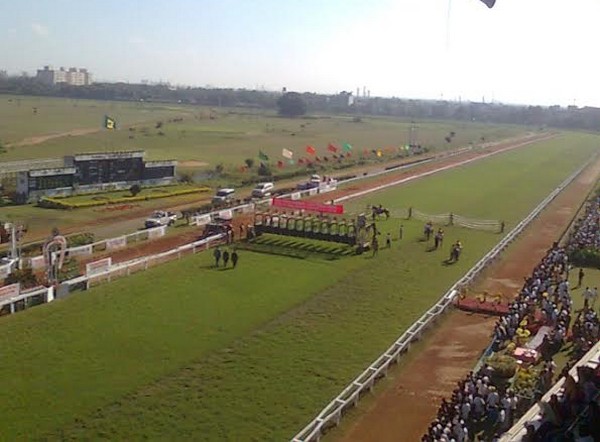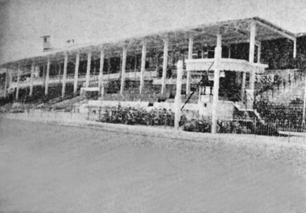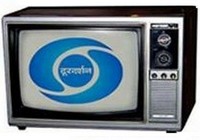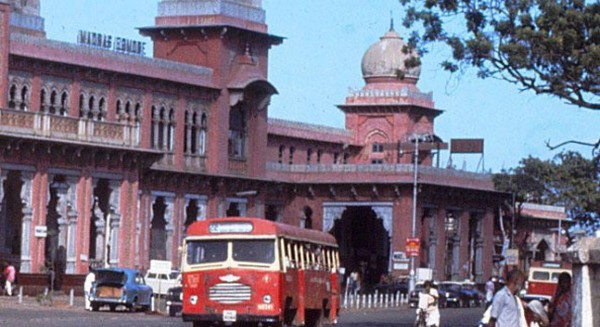[h=1]
Landmarks of Chennai – Guindy Races[/h]
- sriramv
Did you know that the first horse races were held in Chennai? Read about the history of the Madras Race Club here...
Like many other firsts, Madras also holds the record for the first ever race meet in India. This was in 1780 and held on the Island. But it would appear that Guindy was the area earmarked for racing as early as in 1777 when 81 cawnies of land was taken from the villages of Velacherry and Venkatapuram for the construction of a racecourse.
Almost from 1790 or so the Assembly Rooms on the racecourse were a landmark of the city. William and Thomas Daniell did a painting of the building in 1792. The racecourse stood to the left of the Assembly Rooms, where it still is, and according to the Daniells, “the amusement took place in the cool season, when the ladies of the settlement are invited to a splendid ball.” Racing in the early years began at six in the morning and ended by ten so that people could get to work. The sport received a setback during the Mysore Wars and was revived in 1804. Land amounting to 35 cawnies was added facilitating the laying out of a second and smaller track meant for training horses.
It is not clear as to who managed the races in the early years. The Madras Race Club was set up in 1837 and functioned till 1875 when the
Prince of Wales, afterwards Edward VII, visited it. It faded thereafter, to be revived in 1887 by
Lt. Col. George Moore, President of the
Corporation of Madras. A new Madras Race Club came into existence in 1896, taking over the assets and liabilities of the earlier one.
Racing suffered during the First World War but was revived in 1919 thanks to the efforts of the
Governor, Lord Willingdon. The Bobbili and Venkatagiri stands were constructed a year later. The Guindy Lodge, built initially for the club Secretary, and now the home of the Madras Race Club proper, came up in 1931.
An article on Guindy by the humorist
S.V. Vijayaraghavachariar (SVV) appeared in The Hindu at around the time and this is what it had to say:
“Guindy is the place where races are held at stated seasons of the year. On race days the whole city gets empty and congregates at the course, from HE the Governor of Madras down to Muniammal, the vegetable seller. A racecourse is the most democratic place in the world. It would be nothing surprising if a Secretary to Government should take Muniammal aside and request her to whisper in his ears the name of the winner. And mind you, Muniammal knows the birth, upbringing and idiosyncrasies of every horse that runs in the race even better than the owner himself. It is really staggering what an amount of money passes from the hands of visitors through the small apertures of the ticket-selling windows. Guindy is the bottomless sink into which all the wealth, earned or borrowed in the city, disappears without leaving a trace behind.”
Read more at:
https://sriramv.wordpress.com/2015/01/19/landmarks-of-chennai-guindy-races/
Courtesy: MADRAS HERITAGE AND CARNATIC MUSIC
